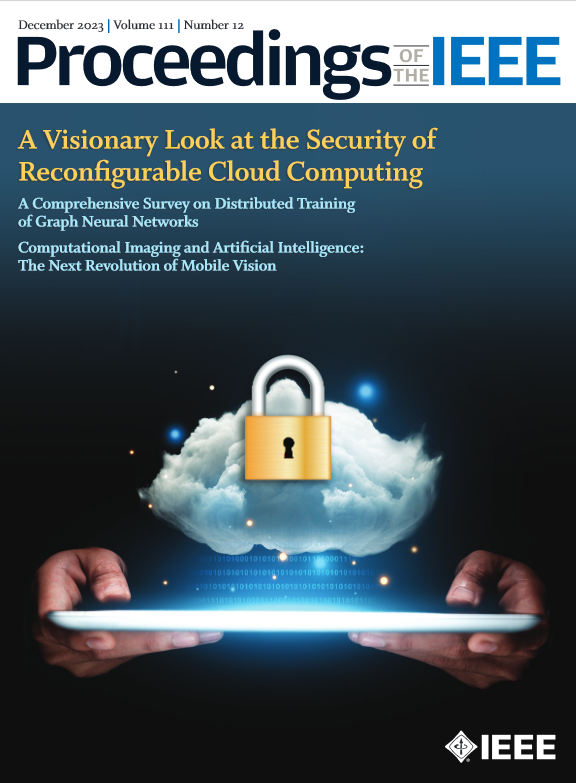超可靠低延迟通信的统计工具和方法-教程
IF 23.2
1区 计算机科学
Q1 ENGINEERING, ELECTRICAL & ELECTRONIC
引用次数: 0
摘要
超可靠低延迟通信(URLLC)是第五代(5G)及以上蜂窝网络的关键服务类别。值得注意的是,设计和支持URLLC是一项艰巨的任务,因为从根本上需要识别和准确地描述系统运行的底层统计模型,例如,干扰统计、信道条件和协议行为。一般来说,考虑到所有潜在的延迟和错误源以及适当的统计工具和方法的多层端到端方法不可避免地需要提供强大的可靠性和延迟保证。本文通过提供一些对设计和分析URLLC系统有用的统计工具和方法的教程,对后一个方面的知识体系做出了贡献。具体来说,我们概述了与以下相关的框架:1)可靠性理论;2)短分组通信;3)不等式、分布界和尾部近似;4)稀有事件模拟;5)排队论与信息新鲜度;6)大规模工具,如随机几何、聚类、压缩感知和平均场(MF)游戏。此外,我们经常在讨论的工具/方法范围内引用突出的数据驱动算法。在本文中,我们将简要回顾使用所述工具和方法的最新工作,以及它们与URLLC系统的链接。此外,我们还讨论了关注物理和介质访问控制层的新应用示例。最后,强调了关键的研究挑战和方向,以阐明未来几年URLLC分析/设计研究将如何发展。本文章由计算机程序翻译,如有差异,请以英文原文为准。
Statistical Tools and Methodologies for Ultrareliable Low-Latency Communication—A Tutorial
Ultrareliable low-latency communication (URLLC) constitutes a key service class of the fifth generation (5G) and beyond cellular networks. Notably, designing and supporting URLLC pose a herculean task due to the fundamental need to identify and accurately characterize the underlying statistical models in which the system operates, e.g., interference statistics, channel conditions, and the behavior of protocols. In general, multilayer end-to-end approaches considering all the potential delay and error sources and proper statistical tools and methodologies are inevitably required for providing strong reliability and latency guarantees. This article contributes to the body of knowledge in the latter aspect by providing a tutorial on several statistical tools and methodologies that are useful for designing and analyzing URLLC systems. Specifically, we overview the frameworks related to the following: 1) reliability theory; 2) short packet communications; 3) inequalities, distribution bounds, and tail approximations; 4) rare-events simulation; 5) queuing theory and information freshness; and 6) large-scale tools, such as stochastic geometry, clustering, compressed sensing, and mean-field (MF) games. Moreover, we often refer to prominent data-driven algorithms within the scope of the discussed tools/methodologies. Throughout this article, we briefly review the state-of-the-art works using the addressed tools and methodologies, and their link to URLLC systems. Moreover, we discuss novel application examples focused on physical and medium access control layers. Finally, key research challenges and directions are highlighted to elucidate how URLLC analysis/design research may evolve in the coming years.
求助全文
通过发布文献求助,成功后即可免费获取论文全文。
去求助
来源期刊

Proceedings of the IEEE
工程技术-工程:电子与电气
CiteScore
46.40
自引率
1.00%
发文量
160
审稿时长
3-8 weeks
期刊介绍:
Proceedings of the IEEE is the leading journal to provide in-depth review, survey, and tutorial coverage of the technical developments in electronics, electrical and computer engineering, and computer science. Consistently ranked as one of the top journals by Impact Factor, Article Influence Score and more, the journal serves as a trusted resource for engineers around the world.
 求助内容:
求助内容: 应助结果提醒方式:
应助结果提醒方式:


